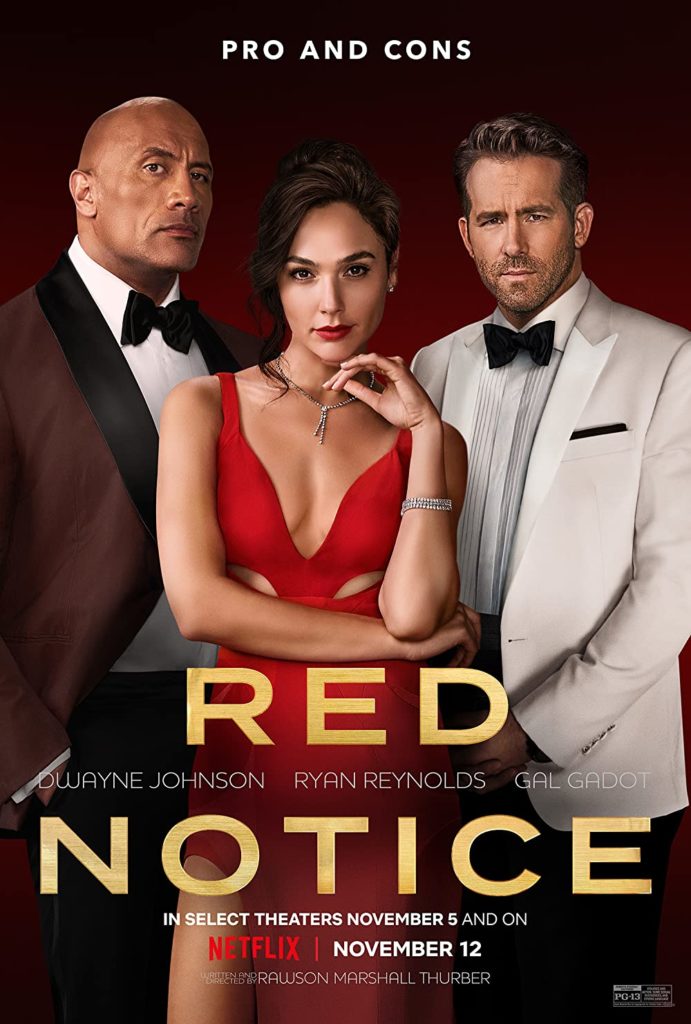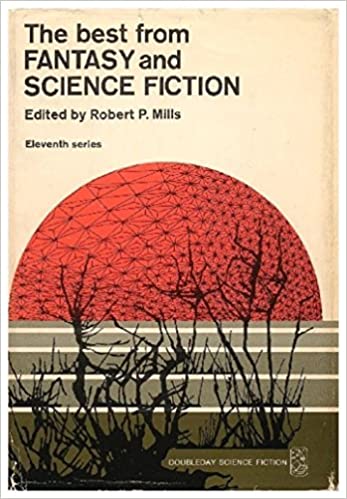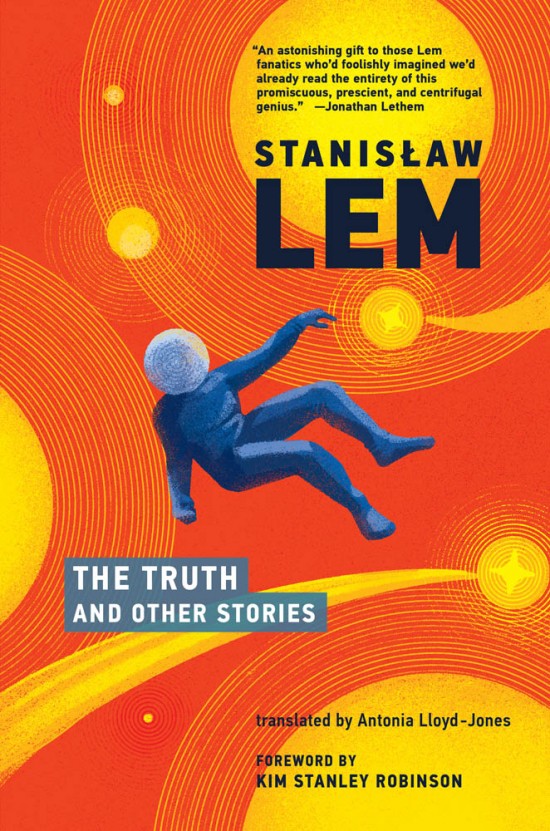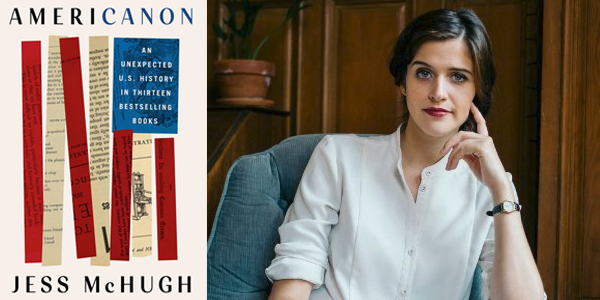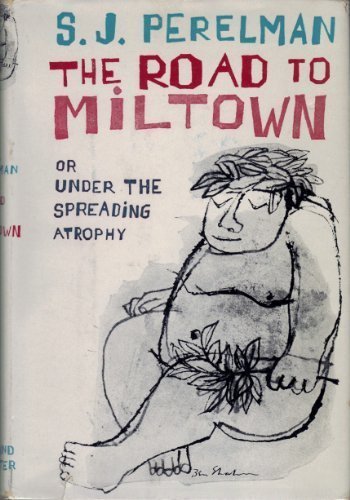
S. J. Perelman, popular raconteur of the 20th Century, doesn’t fare too well in the 21st Century. Perelman loves to include French phases in his stories. Latin phrases, too. Annoying!
Perelman spends plenty of time on Hollywood movies and Broadway plays, now long forgotten. Yes, I love Perelman’s snarky humor, but these stories from 1957 didn’t age well. Dated humor isn’t very humorous at all. Are you a S. J. Perelman fan? GRADE: C
TABLE OF CONTENTS:
And thou beside me, yacketing in the wilderness — 1 Short easterly squall, with low visibility and rising gorge — 10 Cloudland revisited: When to the sessions of sweet silent films — 17 No starch in the dhoti, s’il vous plaît — 27 De gustibus ain’t what dey used to be — 37 I am not now, nor have I ever been, a matrix of lean meat — 44 Cloudland revisited: Roll on, thou deep and dark scenario, roll — 51 The saucier’s apprentice — 59 Whereas, the former premises being kaput — 66 My heart’s in the highlands, and my neckband, too — 74 Cloudland revisited: Vintage swine — 82 Long time no sheepskin — 89 The swirling cape and the low bow — 96 Genuflection in the sun — 107 Cloudland revisited: The wickedest woman in Larchmont — 116 Swindle sheet with blueblood engrailed, arrant fibs rampant — 124 Come on in, the liability’s fine — 131 This little piggy went to market — 138 Cloudland revisited: I’m sorry I made me cry — 146 Danger: molting plumage — 154 Sorry, no phone or mail orders — 162 Don’t tell me, pretty gypsy — 169 Cloudland revisited: By the waters of razz-ma-tazz — 177 Next week at the Prado: Frankie Goya plus monster cast — 184 I’ll always call you Schnorrer, my African explorer — 191 One comely babe, piping hot — 202 Cloudland revisited: “M” is for the migraine that she gave me — 210 You’re my everything, plus city sales tax — 218 Is there a doctor in the cast? — 226 Cloudland revisited: Hungarian goulash, with battered noodles – – 236 Who stole my golden metaphor? — 244 Cloudland revisited: It takes two to tango, but only one to squirm — 251 Calling all addlepates — 259 Cloudland revisited: Shades of young girls among the flummery — 266 |




